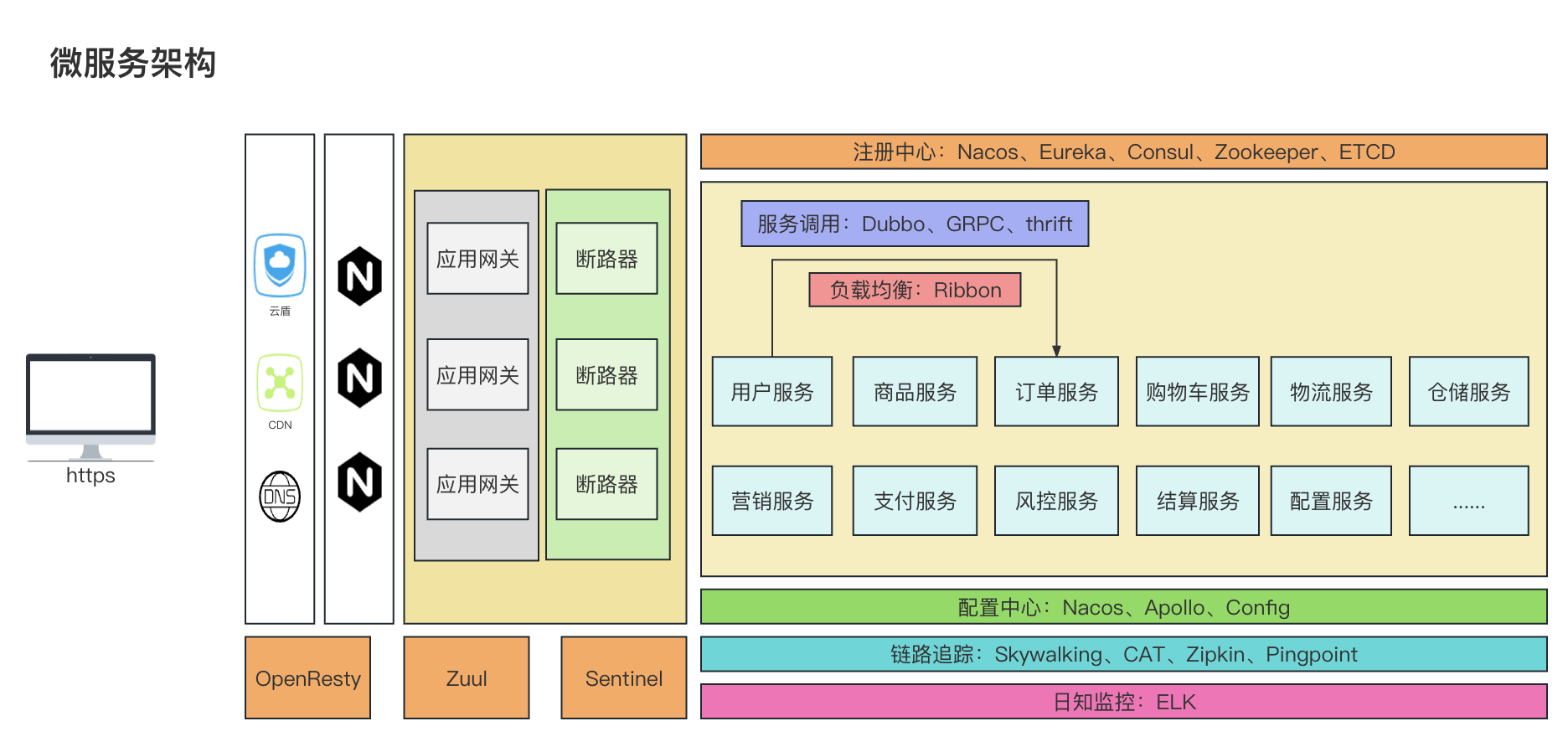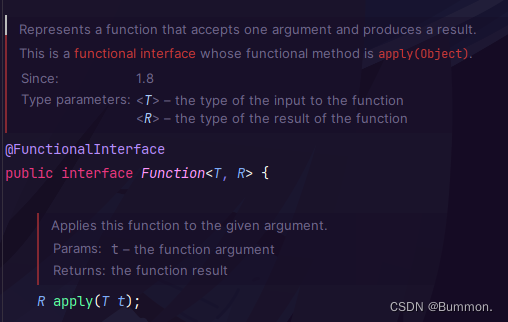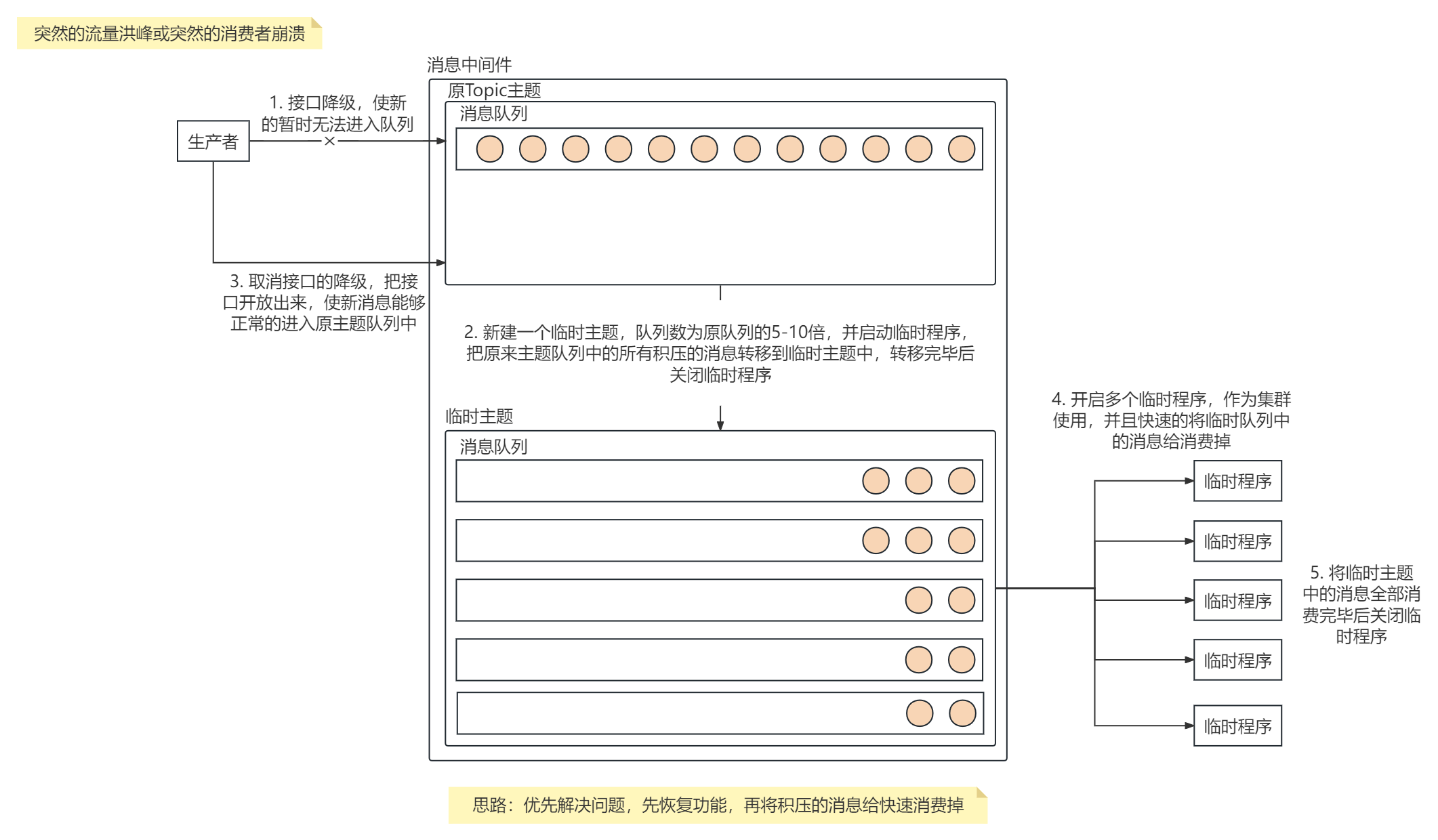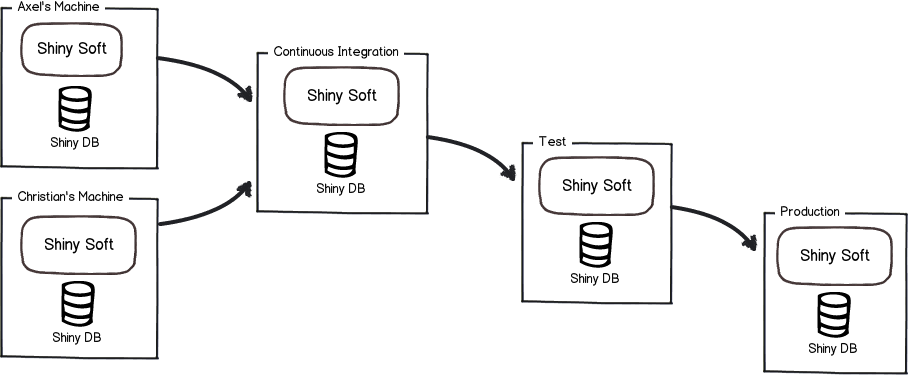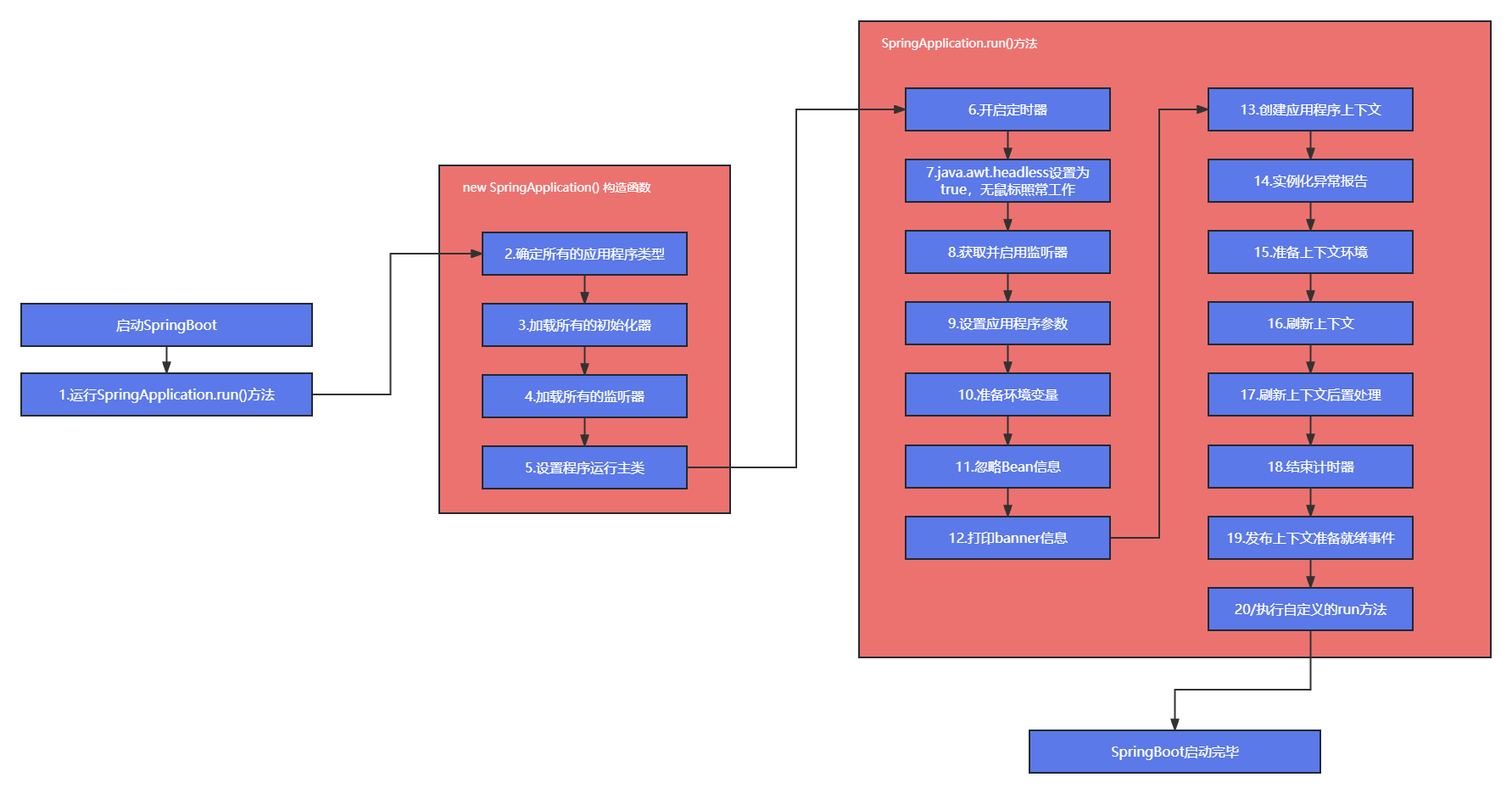教你如何实现接口防刷
前言
我们在浏览网站后台的时候,假如我们频繁请求,那么网站会提示 “请勿重复提交” 的字样,那么这个功能究竟有什么用呢,又是如何实现的呢?
其实这就是接口防刷的一种处理方式,通过在一定时间内限制同一用户对同一个接口的请求次数,其目的是为了防止恶意访问导致服务器和数据库的压力增大,也可以防止用户重复提交。
思路分析
接口防刷有很多种实现思路,例如:拦截器/AOP+Redis、拦截器/AOP+本地缓存、前端限制等等很多种实现思路,在这里我们来讲一下 拦截器+Redis 的实现方式。
其原理就是 在接口请求前由拦截器拦截下来,然后去 redis 中查询是否已经存在请求了,如果不存在则将请求缓存,若已经存在则返回异常。具体可以参考下图

具体实现
注:以下代码中的 AjaxResult 为统一返回对象,这里就不贴出代码了,大家可以根据自己的业务场景来编写。
编写 RedisUtils
1
2
3
4
5
6
7
8
9
10
11
12
13
14
15
16
17
18
19
20
21
22
23
24
25
26
27
28
29
30
31
32
33
34
35
36
37
38
39
40
41
42
43
44
45
46
47
48
49
50
51
52
53
54
55
56
57
58
59
60
61
62
63
64
65
66
67
68
69
70
71
72
73
74
75
76
77
78
79
80
81
82
83
84
85
86
87
88
89
90
91
92
93
94
95
96
97
98
99
100
101
102
103
104
105
106
107
108
109
110
111
112
113
114
115
116
117
118
119
120
121
122
123
124
125
126
127
128
129
130
131
132
133
134
135
136
137
138
139
140
141
142
143
144
145
146
147
148
149
150
151
152
153
154
155
156
157
158
159
160
161
162
163
164
| import com.apply.core.exception.MyRedidsException;
import org.springframework.beans.factory.annotation.Autowired;
import org.springframework.data.redis.core.RedisTemplate;
import org.springframework.stereotype.Component;
import org.springframework.util.CollectionUtils;
import java.util.Collections;
import java.util.List;
import java.util.Map;
import java.util.Set;
import java.util.concurrent.TimeUnit;
@Component
public class RedisUtils {
@Autowired
private RedisTemplate<String, Object> redisTemplate;
public boolean expire(String key, long time) {
try {
if (time > 0) {
redisTemplate.expire(key, time, TimeUnit.SECONDS);
}
return true;
} catch (Exception e) {
e.printStackTrace();
return false;
}
}
public long getExpire(String key) {
return redisTemplate.getExpire(key, TimeUnit.SECONDS);
}
public boolean hasKey(String key) {
try {
return redisTemplate.hasKey(key);
} catch (Exception e) {
e.printStackTrace();
return false;
}
}
@SuppressWarnings("unchecked")
public void del(String... key) {
if (key != null && key.length > 0) {
if (key.length == 1) {
redisTemplate.delete(key[0]);
} else {
redisTemplate.delete(CollectionUtils.arrayToList(key));
}
}
}
public Object get(String key) {
return key == null ? null : redisTemplate.opsForValue().get(key);
}
public boolean set(String key, Object value) {
try {
redisTemplate.opsForValue().set(key, value);
return true;
} catch (Exception e) {
e.printStackTrace();
return false;
}
}
public boolean set(String key, Object value, long time) {
try {
if (time > 0) {
redisTemplate.opsForValue().set(key, value, time, TimeUnit.SECONDS);
} else {
set(key, value);
}
return true;
} catch (Exception e) {
e.printStackTrace();
return false;
}
}
public long incr(String key, long delta) {
if (delta < 0) {
throw new MyRedidsException("递增因子必须大于0");
}
return redisTemplate.opsForValue().increment(key, delta);
}
public long decr(String key, long delta) {
if (delta < 0) {
throw new MyRedidsException("递减因子必须大于0");
}
return redisTemplate.opsForValue().increment(key, -delta);
}
}
|
定义Interceptor
1
2
3
4
5
6
7
8
9
10
11
12
13
14
15
16
17
18
19
20
21
22
23
24
25
26
27
28
29
30
31
32
33
34
35
36
37
38
39
40
41
42
43
44
45
46
47
48
49
50
51
52
53
54
55
56
57
58
59
| import com.alibaba.fastjson.JSON;
import com.apply.common.utils.redis.RedisUtils;
import com.apply.common.validator.annotation.AccessLimit;
import com.apply.core.http.AjaxResult;
import org.springframework.beans.factory.annotation.Autowired;
import org.springframework.stereotype.Component;
import org.springframework.web.method.HandlerMethod;
import org.springframework.web.servlet.handler.HandlerInterceptorAdapter;
import javax.servlet.ServletOutputStream;
import javax.servlet.http.HttpServletRequest;
import javax.servlet.http.HttpServletResponse;
import java.io.IOException;
import java.util.Objects;
@Component
public class RepeatRequestIntercept extends HandlerInterceptorAdapter {
@Autowired
private RedisUtils redisUtils;
private final int seconds = 1;
private final int max = 1;
public boolean preHandle(HttpServletRequest request, HttpServletResponse response, Object handler) throws Exception {
if (handler instanceof HandlerMethod) {
String key = request.getRemoteAddr() + "-" + request.getMethod() + "-" + request.getRequestURL();
Object requestCountObj = redisUtils.get(key);
if (Objects.isNull(requestCountObj)) {
redisUtils.set(key, 1, seconds);
} else {
response.setContentType("application/json;charset=utf-8");
ServletOutputStream os = response.getOutputStream();
AjaxResult<Void> result = AjaxResult.error(100, "请求已提交,请勿重复请求");
String jsonString = JSON.toJSONString(result);
os.write(jsonString.getBytes());
os.flush();
os.close();
return false;
}
}
return true;
}
}
|
然后我们 将拦截器注册到容器中
1
2
3
4
5
6
7
8
9
10
11
12
13
14
15
16
17
18
19
20
21
22
23
24
25
| import com.apply.common.validator.intercept.RepeatRequestIntercept;
import com.apply.core.base.entity.Constants;
import org.springframework.beans.factory.annotation.Autowired;
import org.springframework.context.annotation.Configuration;
import org.springframework.web.servlet.config.annotation.CorsRegistry;
import org.springframework.web.servlet.config.annotation.InterceptorRegistry;
import org.springframework.web.servlet.config.annotation.ResourceHandlerRegistry;
import org.springframework.web.servlet.config.annotation.WebMvcConfigurer;
@Configuration
public class WebConfig implements WebMvcConfigurer {
@Autowired
private RepeatRequestIntercept repeatRequestIntercept;
@Override
public void addInterceptors(InterceptorRegistry registry) {
registry.addInterceptor(repeatRequestIntercept);
}
}
|
我们再来编写一个接口用于测试
1
2
3
4
5
6
7
8
9
10
11
12
13
14
15
16
17
18
19
| import com.apply.common.validator.annotation.AccessLimit;
import org.springframework.web.bind.annotation.GetMapping;
import org.springframework.web.bind.annotation.RequestMapping;
import org.springframework.web.bind.annotation.RestController;
@RestController
public class TestController {
@GetMapping("/test")
public String test(){
return "SUCCESS";
}
}
|
最后我们来看一下结果是否符合我们的预期:
1秒内的第一次请求:

1秒内的第二次请求:

确实已经达到了我们的预期,但是如果我们对特定接口进行拦截,或对不同接口的限定拦截时间和次数不同的话,这种实现方式无法满足我们的需求,所以我们要提出改进。
改进
我们可以去写一个自定义的注解,并将 seconds 和 max 设置为该注解的属性,再在拦截器中判断请求的方法是否包含该注解,如果包含则执行拦截方法,如果不包含则直接返回。
自定义注解 RequestLimit
1
2
3
4
5
6
7
8
9
10
11
12
13
14
15
16
17
18
19
20
21
22
23
24
25
| import java.lang.annotation.ElementType;
import java.lang.annotation.Retention;
import java.lang.annotation.RetentionPolicy;
import java.lang.annotation.Target;
@Retention(RetentionPolicy.RUNTIME)
@Target(ElementType.METHOD)
public @interface RequestLimit {
int seconds() default 1;
int max() default 1;
}
|
改进 RepeatRequestIntercept
1
2
3
4
5
6
7
8
9
10
11
12
13
14
15
16
17
18
19
20
21
22
23
24
25
26
27
28
29
30
31
32
33
34
35
36
37
38
39
40
41
42
43
44
45
46
47
48
49
50
51
52
53
54
55
56
57
58
59
60
61
62
63
|
@Component
public class RepeatRequestIntercept extends HandlerInterceptorAdapter {
@Autowired
private RedisUtils redisUtils;
@Override
public boolean preHandle(HttpServletRequest request, HttpServletResponse response, Object handler) throws Exception {
if (handler instanceof HandlerMethod) {
HandlerMethod hm = (HandlerMethod) handler;
RequestLimit anno = hm.getMethodAnnotation(RequestLimit.class);
if (Objects.isNull(anno)) {
return true;
}
int seconds = anno.seconds();
int max = anno.max();
String key = request.getRemoteAddr() + "-" + request.getMethod() + "-" + request.getRequestURL();
Object requestCountObj = redisUtils.get(key);
if (Objects.isNull(requestCountObj)) {
redisUtils.set(key, 1, seconds);
} else {
int requestCount = Integer.parseInt(requestCountObj.toString());
if (requestCount < max) {
redisUtils.incr(key, 1);
} else {
refuse(response);
return false;
}
}
}
return true;
}
private void refuse(HttpServletResponse response) throws IOException {
response.setContentType("application/json;charset=utf-8");
ServletOutputStream os = response.getOutputStream();
AjaxResult<Void> result = AjaxResult.error(100, "请求已提交,请勿重复请求");
String jsonString = JSON.toJSONString(result);
os.write(jsonString.getBytes());
os.flush();
os.close();
}
}
|
这样我们就可以实现我们的需求了。








